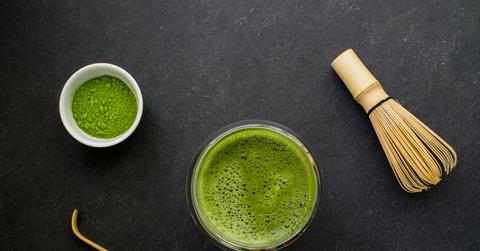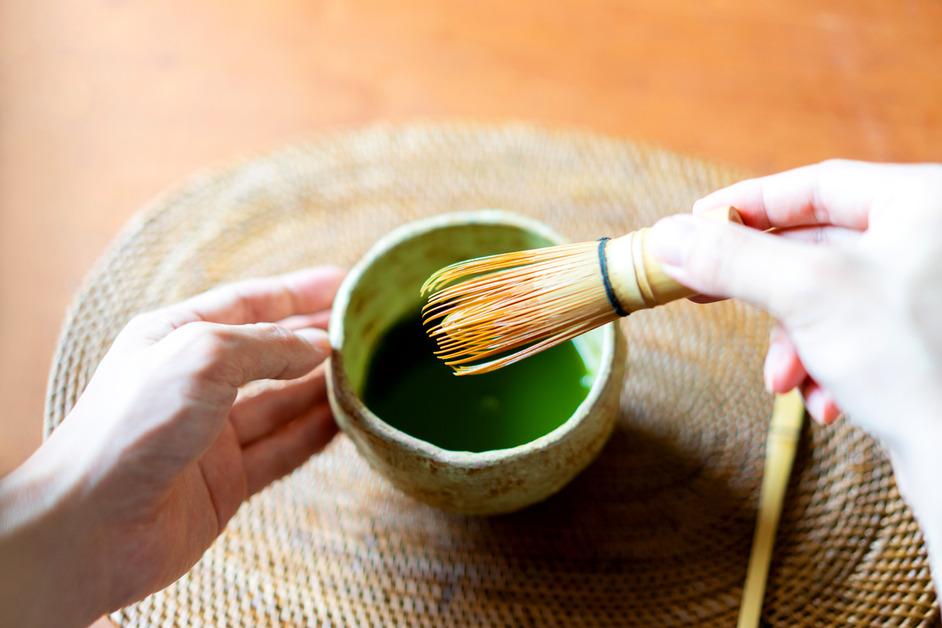Here’s Why Not All Matcha Tastes the Same
Matcha's sweet and umami taste has only grown in popularity since it was first discovered.
Published March 18 2024, 9:00 a.m. ET

Matcha is a drink made from green tea leaves. During the Chinese Tang Dynasty, green tea leaves were ground into a fine powder that was mixed with water to create the caffeinated beverage that many still drink today.
Matcha is a popular ingredient in many foods and drinks, such as mochi and ice cream, and a matcha latte is a popular item on coffee shop menus. But if you have never tried it, you might be curious about what to expect from the drink. So, let's take a look at what matcha tastes like.

What does matcha taste like?
The taste of matcha often depends on the quality of matcha you are using, or what you mix it with. According to Naoki Matcha, matcha can be on the bitter side, but if you mix it with milk and sweetener, the matcha will be a lot creamier, and the green tea flavor won't be as intense.
If you never tasted matcha before, the initial sip may seem a little earthy, or even grassy. The drink does not have the same acidic edge as coffee and is even sometimes compared to a vegetable flavor, which I have to agree with. However, after a few tries my tastebuds got used to the flavor, and learned to love matcha.
One of the words used most often to describe the taste of matcha is umami, which according to Real Simple, is a Japanese word that describes a "pleasant savory taste." When paired with matcha's natural sweetness, the drink has a rounded and balanced flavor, per Matcha Beyond.
The matcha flavor profile can vary based on what brand of matcha you are drinking, when the matcha was harvested, and how you chose to prepare it. Most brands of matcha recommend whisking the powder with hot water to prevent clumps and add frothiness, per Matcha Beyond.
What is ceremonial grade matcha?
Ceremonial grade matcha is the highest quality of the three grades of matcha. It is known to have a smooth delicate taste, and is best enjoyed with just water, and without milk or sugar.
Latte grade matcha is just below ceremonial grade, and is often the matcha that is used in lattes. Latte grade matcha's taste is known to be stronger and more bitter, per Encha.
Culinary grade matcha is best used for baking, smoothies or desserts, and is a lower quality and more intense flavor that pairs well alongside other ingredients, per Golde.
Where does matcha come from?
According to Matchaful, matcha originated during the Tang Dynasty in China during the 7th through 10th centuries. People harvested and steamed tea leaves into bricks in order to transport tea for trade. The tea was then roasted and ground to a fine powder, and drank with water and salt.
However, it was in the subsequent Song Dynasty that the drink really took off, per Matchaful. This was largely in part due to a Japanese Buddhist monk, Eisai, who studied in China and brought the tea leaves and the Zen Buddhist preparation methods back to Japan.